About
Organismo | Art in Applied Critical Ecologies is an experimental program of applied research developed by TBA21–Academy and the Museo Nacional Thyssen-Bornemisza. It weaves together situated investigation, critical theory, and speculative practice through a series of applied case studies developed in alliance with cultural, academic, and civic partners. Organismo operates on the hypothesis that artistic and interdisciplinary work can function as a form of infrastructural activism—going beyond critical reflection to activate tangible processes of ecological reparation. The program is structured around five case studies and a transversal Critical Encounters study module.
Critical Encounters
This module is conceived as a shared space for exchange and collective reflection that articulates the main theoretical, methodological, and critical axes of Organismo 2026. It consists of seven online sessions that bring together the artistic agents leading the case studies—pulso—in dialogue with guest experts. The module is designed to establish the overall conceptual framework of the program and to define a common point of departure, as well as a transversal reflective basis around the notion of infrastructural activism that Organismo proposes to activate through the practices fostered by the program. The study program has a cost of €350, and applications will be accepted until January 12.
Wednesdays from 6:00 to 7:30 pm CET
Dates:
Session 1 – 04 February: Keller Easterling
Session 2 – 11 February: Andrea Muniáin feat Fernando Domínguez Rubio
Session 3 – 18 February: Gary Zhexi Zhang feat Aslak Aamot Helm
Session 4 – 25 February: Grandeza Studio feat Patricia Reed
Session 5 – 04 March: Domestic Data Streamers feat Ben Ditto
Session 6 – 11 March: Paulo Tavares feat. Imani Jacqueline Brown
Session 7 – 18 March: Chus Martínez
Case Studies:
When reality itself has become a landscape of conflict, a forensic approach to understanding how truth is manufactured, contested, and weaponized through technological mediation emerges as a potential tool to navigate the current blurriness. This case study examines the infrastructures of belief, from algorithmic recommendation systems, to ideological echo chambers or crowd-counting technologies to show how they can turn the same protest into opposite political narratives.
Rather than seeking to restore some great, mythical Objectivity or debunk individual pieces of misinformation, the proposal is to develop tools and methodologies for “reality forensics,” understanding it as a systematic analysis to unfold how technological systems shape perception and manufacture consensus. Through hands-on investigation of specific events, this case study aims to build collective capacities for navigating environments where truth has become a contested resource.
The goal is not to determine what is "real," but to understand and dig to unearth the mechanisms through which different versions of reality are constructed, distributed, and made politically operative.
Planetary Theatre of Tourism is conceptualized as a global-scale performance sustained by a trans-scalar assemblage of infrastructures, discourses and bodies. Far from being unproductive, tourism operates with intense rhythms of staging and consumption, and maintains an illusion of pristine destinations while concealing the extractive and disruptive realities behind the scenes. This case study focuses on the island of Mallorca to critically examine how spatial, ecological, and social assemblages have been shaped to fulfill global touristic imaginaries rooted in colonial and extractivist logics.
Through forensic analysis, political imagination, and site-specific investigations, it seeks to expose and disrupt the epistemologies of current tourism monocultures. Rather than promoting superficial solutions like “sustainable” or “slow” tourism, the case study aims to envision post-touristic paradigms grounded in radical unproductivity, ecological repair, and alternative forms of hospitality. Mallorca’s emblematic touristic sites will serve as “allegorical scenographies” to rehearse other futures of collective joy and cohabitation.
As the planet burns and a sense of stable futurity crumbles away, climate imaginaries rush in to fill the gap. Whether optimistic or apocalyptic, technocratic or personal, these prevailing sketches of the future act upon the present to direct resources, shape policy and steer the preparation for anticipated scenarios. Not everyone is a climate scientist, but everyone is a climate subject with a stake in the planet’s survival. Through insurance schemes and adaptation programmes, climate risk and forecasting are transformed into tangible and immediate economic realities for many on the Iberian Peninsula, shaping homes and livelihoods. The temporal register of these schemes is typically the normative time of economics and finance, which has to encounter the messiness of real catastrophe.
This case study will explore the various imaginaries that populate prevailing ideas of climate futures, looking into the politics of preparedness. How are ideas about climate futures produced and circulated, and which versions of the future are being prepared for? Who is included in them, and who isn’t? And what temporal registers are suited to the task of anticipating and equitably preparing for climate futures?
The increasing global population driven by economic models built upon overproduction, accumulation and unchained consumerism urge us to explore material, energetic, and political dimensions of storage infrastructures. Storage facilities are the real spaces where most of the pieces of art live, unveiling that around 90% of the art in the world is being conserved for unseen but profitable purposes. The proposal is to approach these infrastructures not as passive spaces, but as active forms of accumulation, latency, and control.
This case study is proposed to examine storage as a spatio-political apparatus central to contemporary regimes of value, preservation and extraction. It is organized to interrogate how infrastructures of containment also structure modes of temporal orientation, environmental management, and epistemic power. The case study will take art collections as a specific storing challenge to prototype critical tools and situated interventions that expose the hidden logics behind the act of storing, while also exploring alternative practices of archiving, circulation, and conservation.
Galicia is territory that has historically been shaped by extractive industries. Mining has been present in the region since Roman times and subsequently expanded during the 20th century industrialization. Together with forestry monocultures, these processes have turned the region into a site of vulnerability in the face of climate change. Nevertheless, amid poisoned soils and eucalyptus forests scorched by fire, communal practices of land care persist, resisting, repairing and reimagining ways of inhabiting the earth. That is the case of Monte Veciñal en Man Común, a rural form of ownership where the forest is shared equally by the neighbors of the community, as well as the responsibility towards it. At the same time, technologies such as phytoremediation explore ways to heal the scars of industrial exploitation in Galicia through the transformative capacity of certain plants.
This case study takes inspiration from the the Amazonian concept of Florestania —“forest citizenship”— to propose a critical framework where the political and the ecological intertwine, exploring how plants, forests, and waters act as agents of repair, memory, and environmental justice, and how aesthetics can amplify processes territorial reimagination.



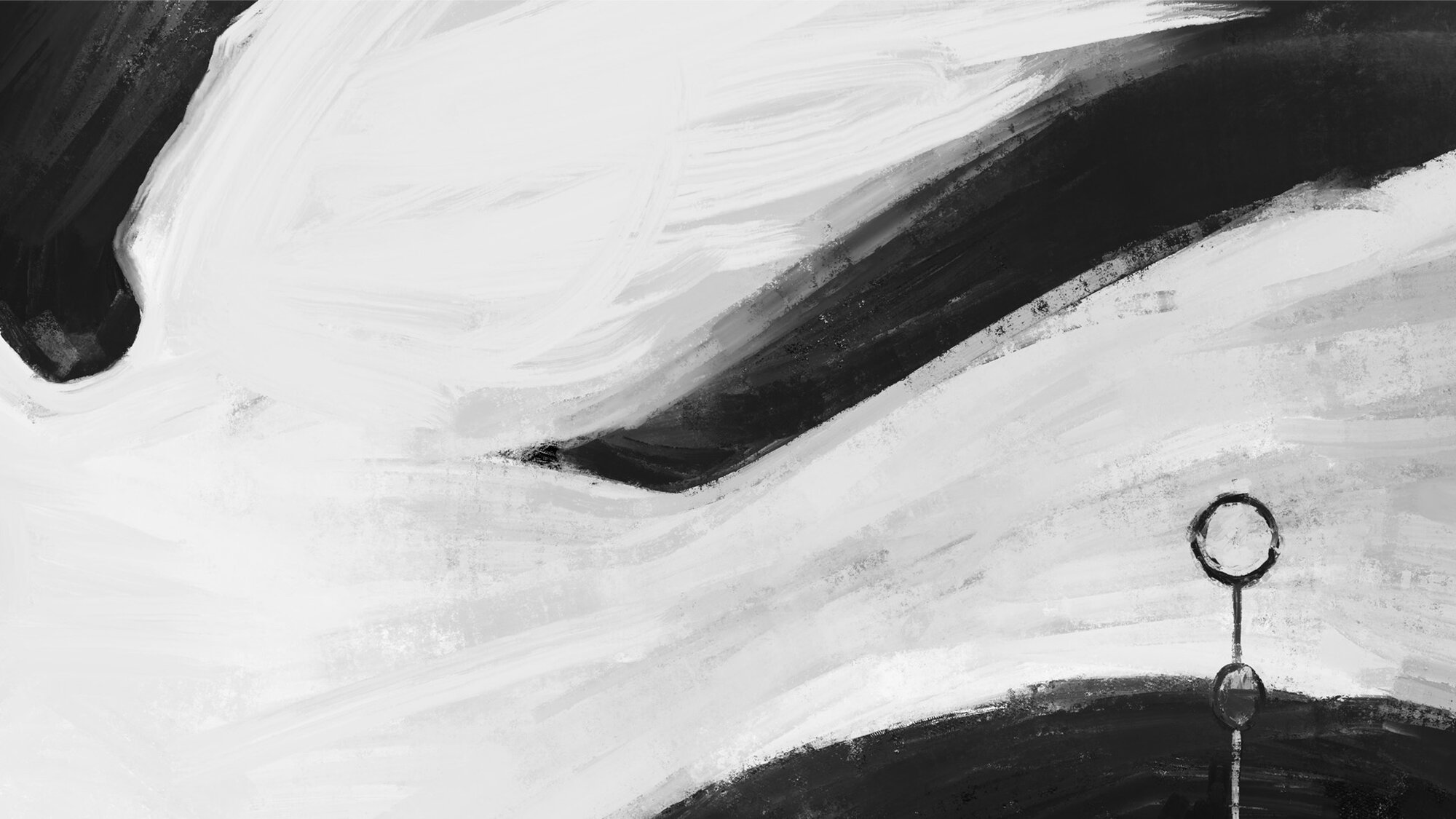
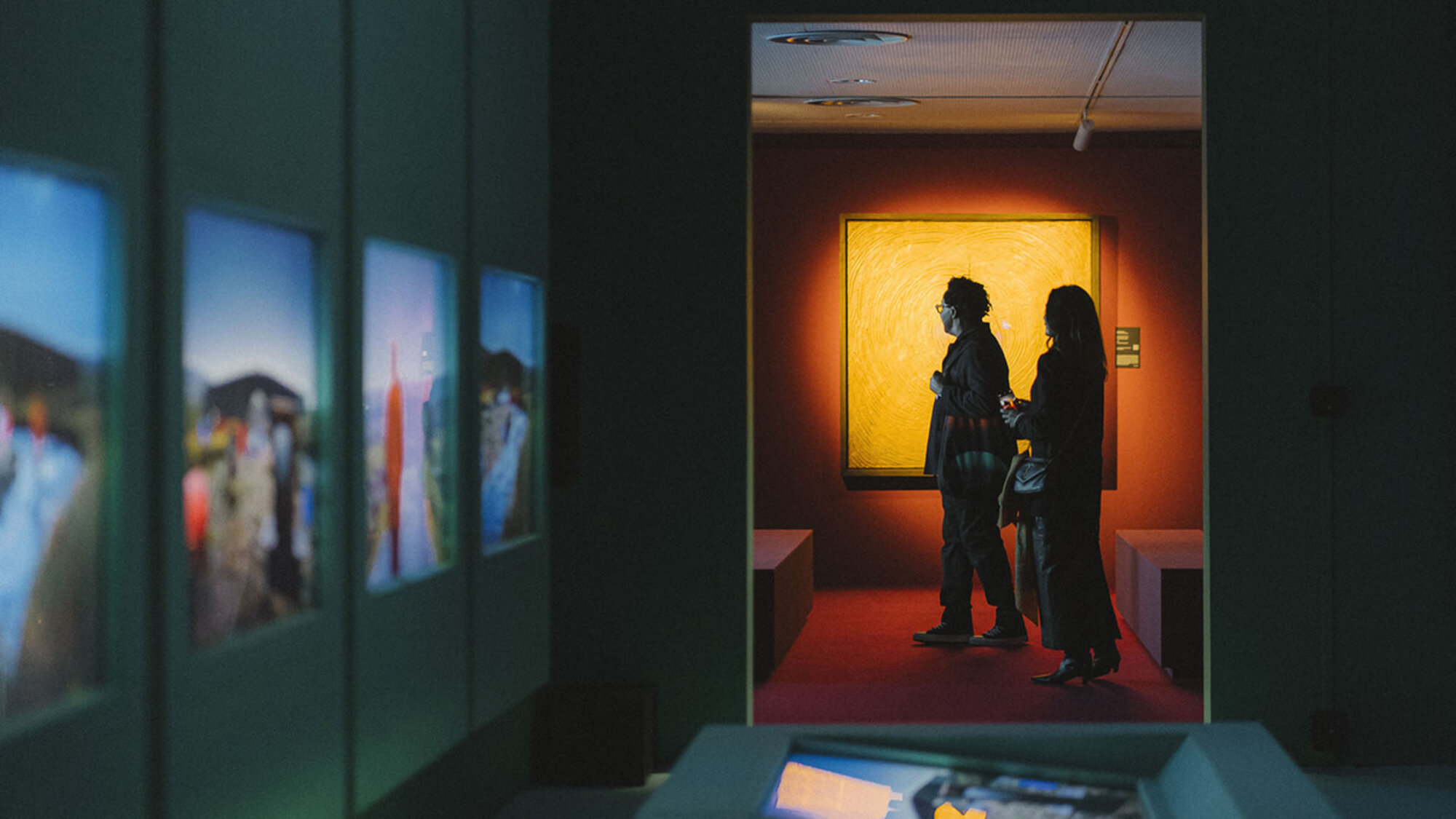
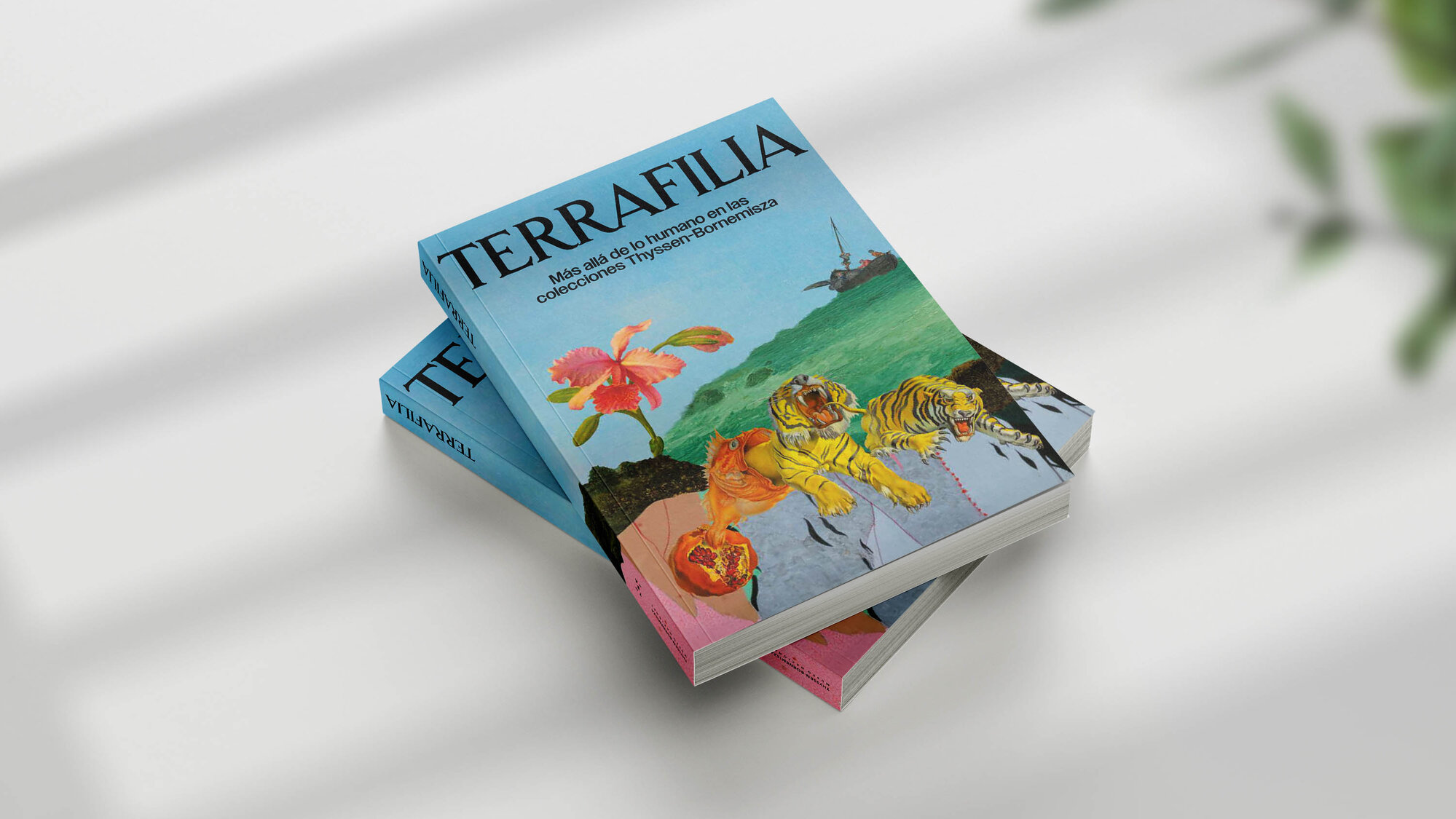
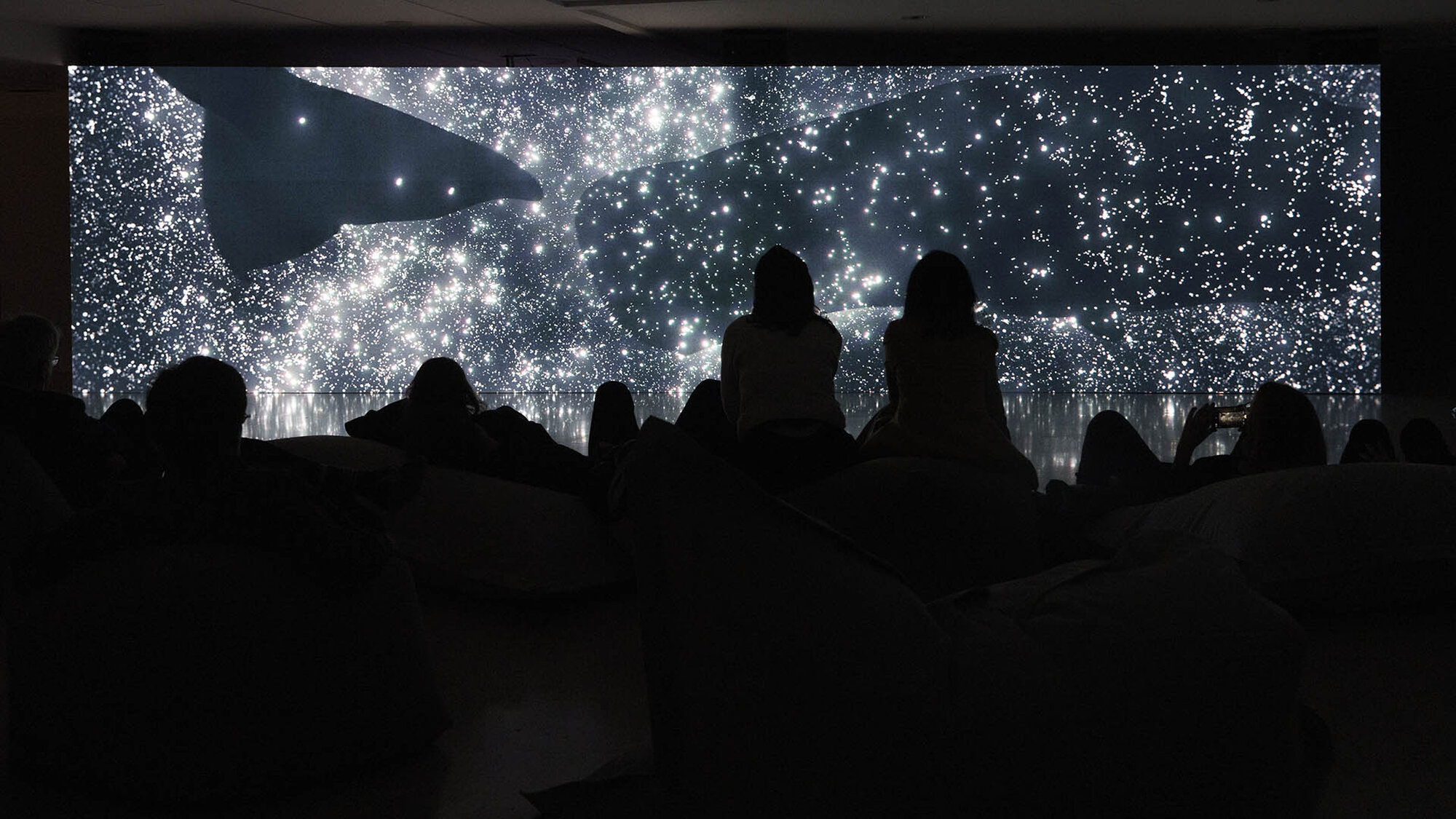
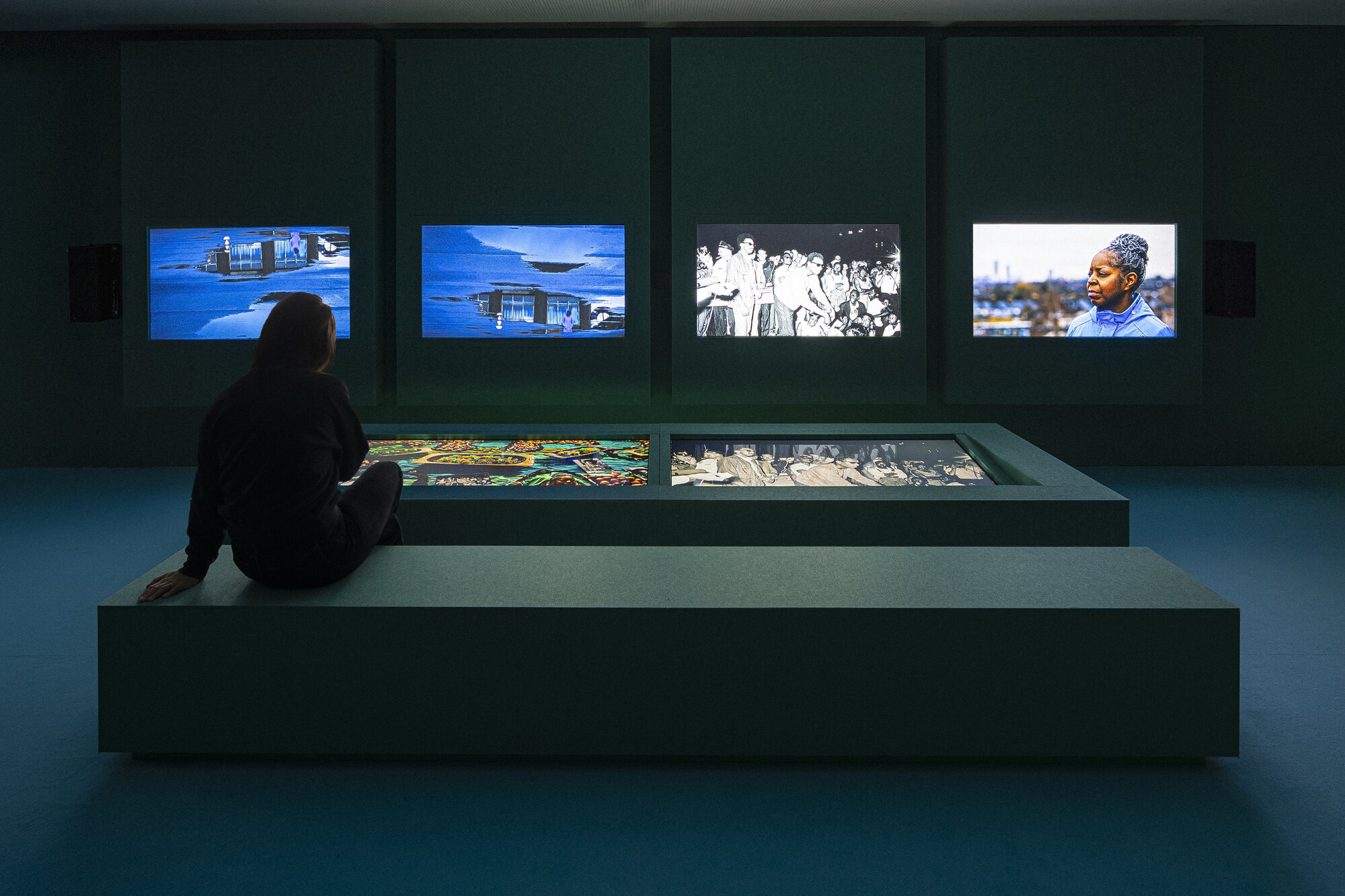
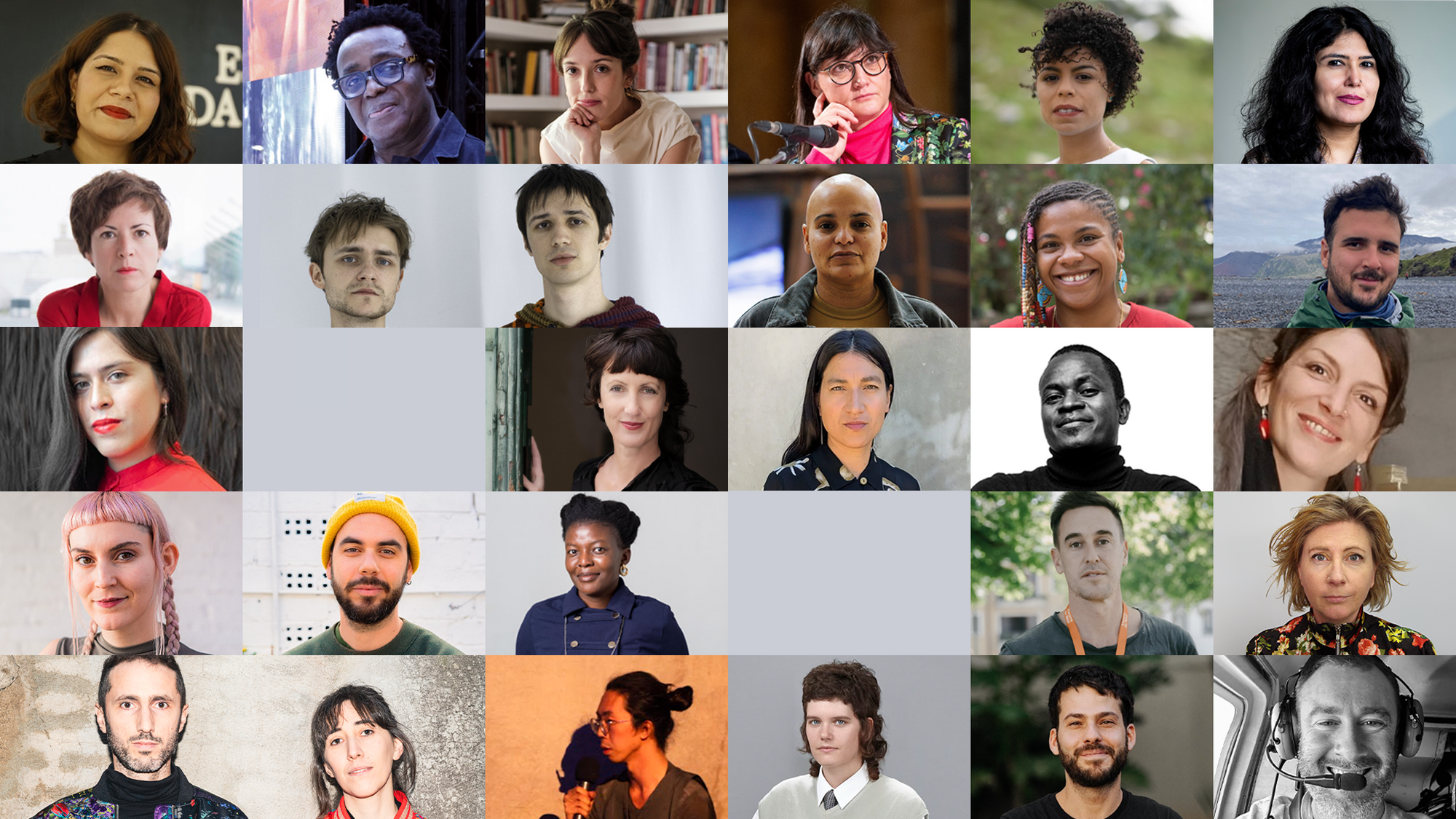
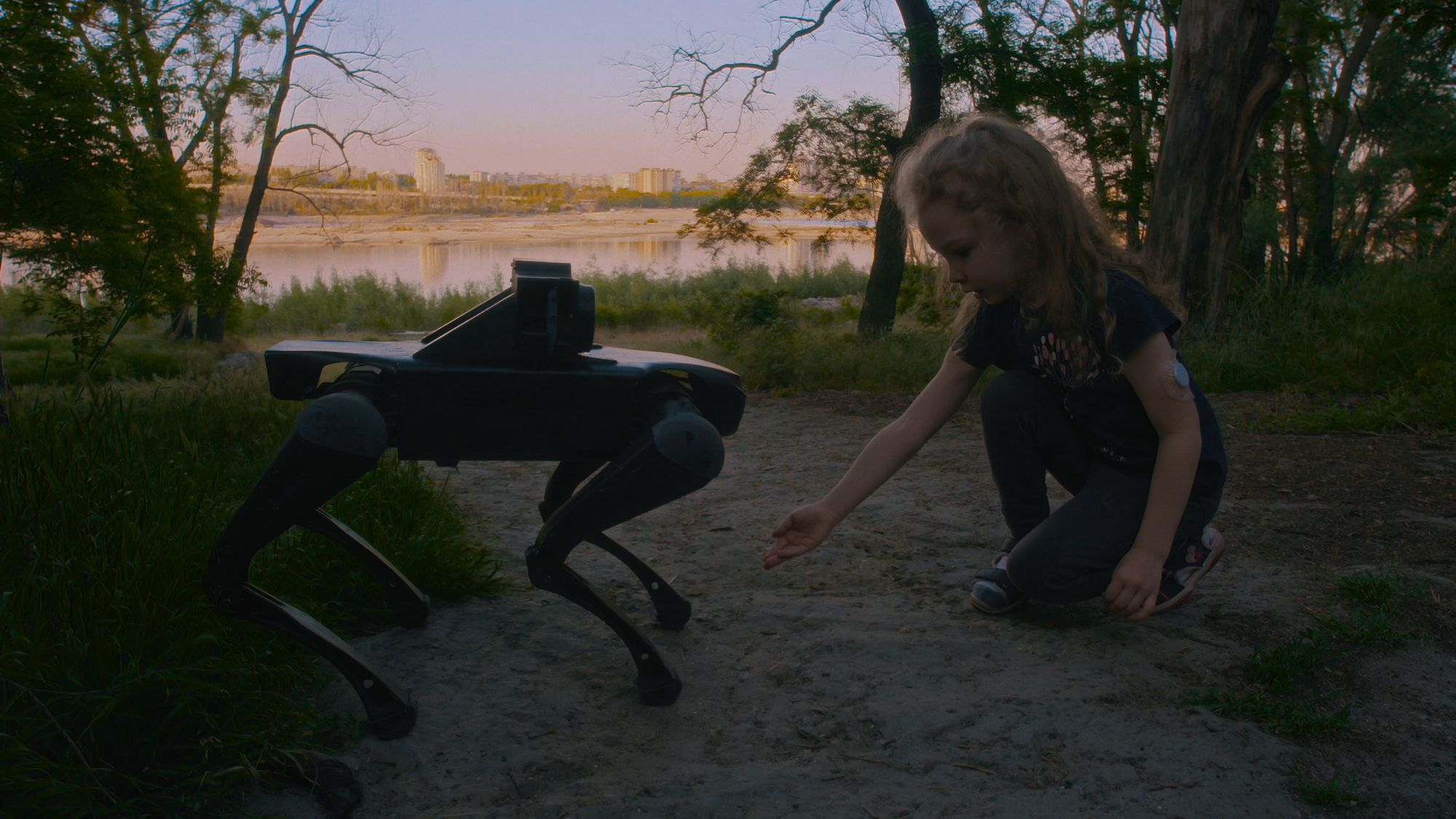



.png)
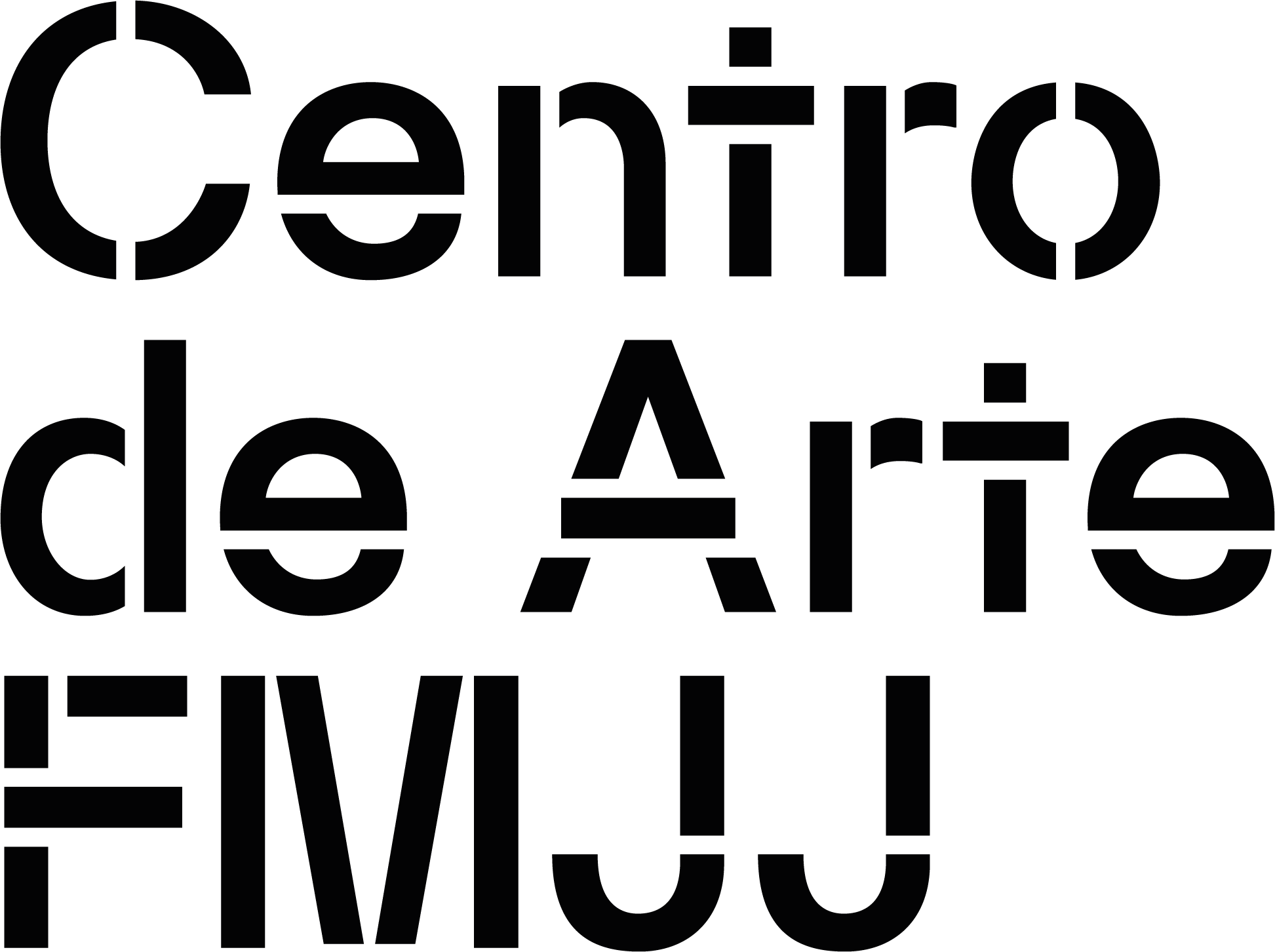

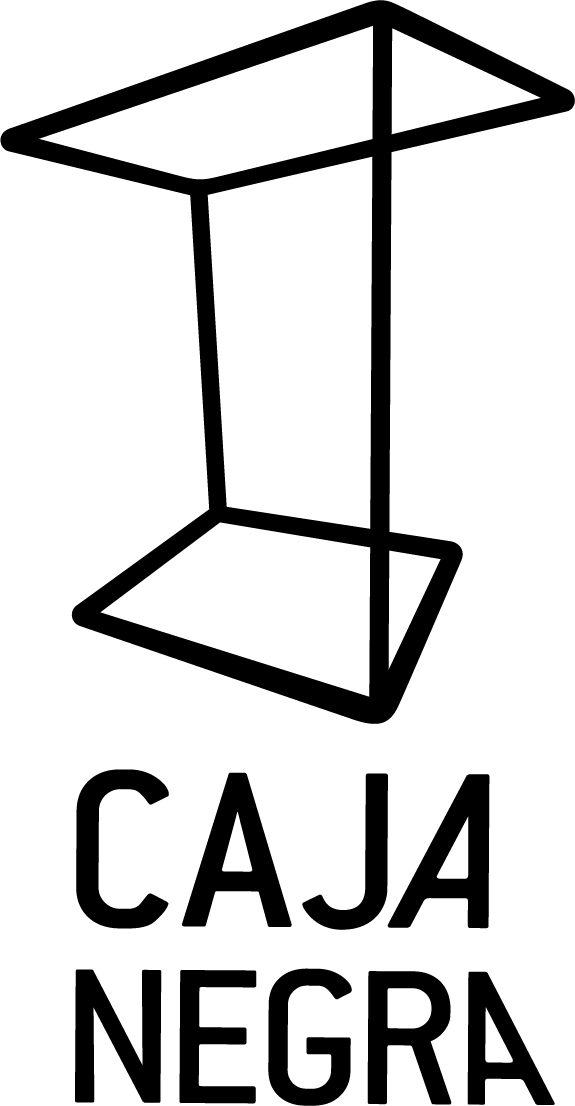



.png)
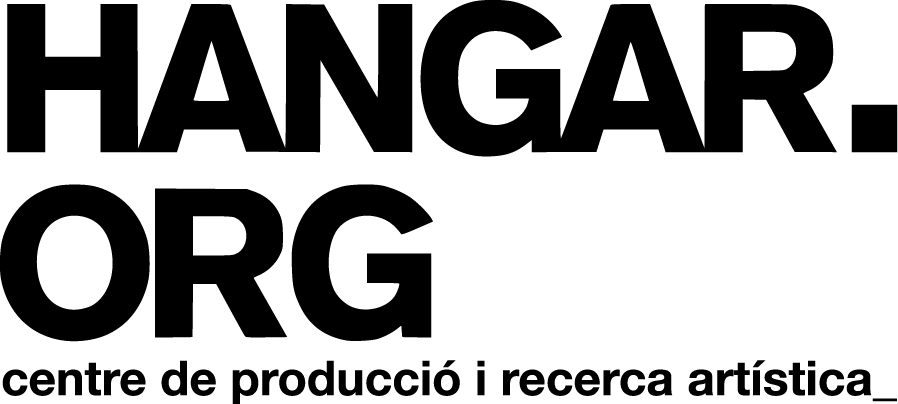

.png)





